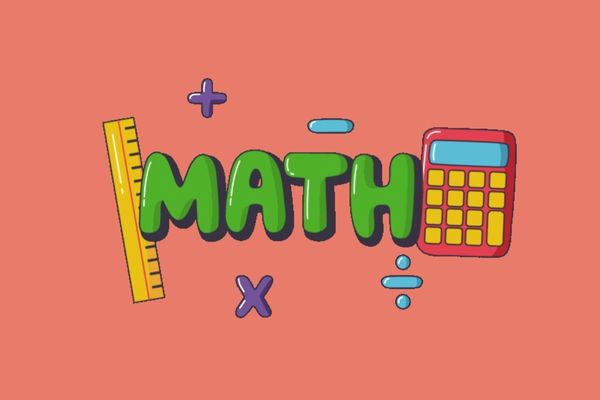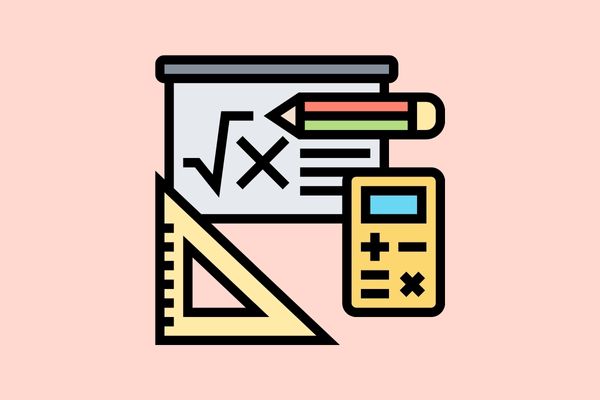Data Interpretation

Data Interpretation is a critical component of the Quantitative Aptitude section in the Common Law Admission Test (CLAT). This topic evaluates your ability to comprehend and analyse data presented in various forms, such as graphs, charts, tables and more. As a student preparing for CLAT, mastering Data Interpretation is essential for honing your analytical and logical reasoning skills. In this comprehensive guide, we will delve into the fundamental concepts of Data Interpretation, provide illustrative examples and offer strategies to effectively tackle these problems.
Understanding the Basics of Data Interpretation
Before delving into solving Data Interpretation problems, let’s establish some fundamental concepts:
1. Data Presentation: Data can be presented using various visual aids, including bar graphs, pie charts, line graphs, tables and diagrams.
2. Data Analysis: Data interpretation involves extracting meaningful information from the presented data and using it to answer questions.
3. Key Components: Focus on understanding labels, scales, units and legends in the given graphs or charts.
Solving Data Interpretation Problems: Concepts and Examples
Example 1: Bar Graph Interpretation
Question: Study the bar graph depicting the sales of different products and answer the following question: Which product had the highest sales?
Solution:
1. Observe the bar lengths for each product.
2. Identify the product with the tallest bar; this product had the highest sales.
Example 2: Pie Chart Interpretation
Question: Examine the pie chart illustrating the distribution of students’ favorite subjects. What percentage of students prefer Mathematics?
Solution:
1. Observe the sector representing Mathematics.
2. Note the percentage value associated with that sector; this is the percentage of students who prefer Mathematics.
Example 3: Table Interpretation
Question: Refer to the table displaying the scores of students in a quiz. Calculate the average score of the students.
Solution:
1. Add up all the scores in the table.
2. Divide the total sum by the number of students to find the average score.
Strategies for Tackling Data Interpretation Problems
Tackling Data Interpretation problems requires a combination of observation, analysis and calculation. Here are effective strategies to approach these problems:
1. Understand the Data: Before attempting questions, thoroughly grasp the data presented in the visual aids.
2. Identify Trends: Analyse trends, patterns and variations in the data to draw insightful conclusions.
3. Focus on Units: Pay attention to units on axes and labels; misinterpreting units can lead to incorrect answers.
4. Take One Step at a Time: Break down complex problems into smaller steps, ensuring accurate calculations and interpretations.
5. Practice Regularly: Engage in consistent practice with a variety of data types to enhance your speed and accuracy.
Conclusion
Data Interpretation might seem daunting initially, but with a solid understanding of the basic concepts and regular practice, you can conquer it with confidence. Remember to understand the data, identify trends, focus on units, take systematic steps and practice consistently. As a student preparing for the CLAT, mastering Data Interpretation not only boosts your quantitative skills but also enhances your overall performance in competitive exams. So, roll up your sleeves, grab your pens and dive into Data Interpretation problems with determination and analytical prowess!
Calling all law aspirants!
Are you exhausted from constantly searching for study materials and question banks? Worry not!
With over 15,000 students already engaged, you definitely don't want to be left out.
Become a member of the most vibrant law aspirants community out there!
It’s FREE! Hurry!
Join our WhatsApp Groups (Click Here) and Telegram Channel (Click Here) today, and receive instant notifications.






